In hotel operations, linen, as the "face" of room service, its flatness and texture directly affect the guests' stay experience. However, the wrinkling problem of linen after washing often becomes a major headache for hotels - not only does it greatly reduce the visual effect of the guest ......
In hotel operations, linen, as the "face" of room service, its flatness and texture directly affect the guests' stay experience. However, the wrinkling problem of linen after washing often becomes a major headache for hotels - not only does it greatly reduce the visual effect of the guest rooms, but it may also cause guests to question the details of the hotel's services. This article will deeply analyze the causes of linen wrinkles and provide a systematic solution.
1. The Four Main Culprits of Linen Wrinkles
The wrinkles on linen after washing are not caused by errors in a single step, but are the result of the combined effect of multiple processes such as washing, drying, ironing and storage.
(1) Washing Method: The "Invisible Killer" of Fiber Damage
Uncontrolled water temperature: If cotton linen is washed with water above 60℃ for a long time, the fibers will lose their elasticity due to excessive expansion, and stubborn wrinkles are likely to form after drying. When the water temperature is below 30℃, the active ingredients in the detergent are difficult to activate, and the remaining chemicals will cause the linen fibers to become hard and wrinkled.
Sudden change in water temperature: When rinsing high-temperature linen directly with cold water after washing, the fibers will become "twisted" due to uneven thermal expansion and contraction, forming irregular wrinkles.
Time imbalance: If the washing time exceeds 40 minutes, the fibers of the linen will become loose due to continuous friction, just like crumpled paper balls that are difficult to recover. If it takes less than 15 minutes, the cleaning will not be thorough. The remaining stains will cause the linen to become hard and wrinkled in some areas.
Misuse of detergents: Excessive use of chlorine bleach or frequent use of strong detergents can damage the molecular structure of linen fibers, causing them to lose their softness and become stiff and prone to wrinkling.
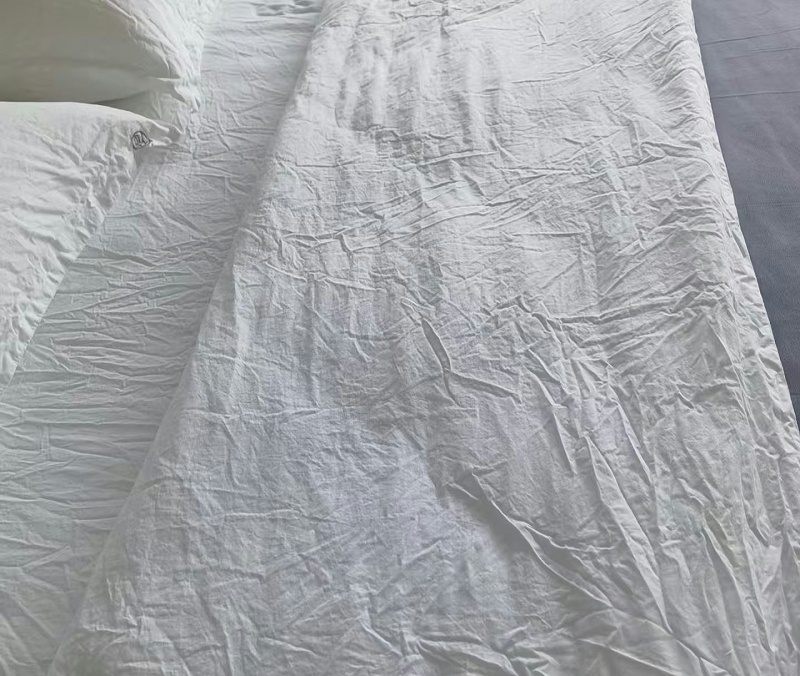
(2) Drying Stage: The "Catalyst" for Excessive Drying
High-temperature baking: When the drying temperature exceeds 80℃, the moisture in the linen will evaporate rapidly, and the fibers will shrink and deform due to "excessive dehydration". Especially for chemical fiber materials, uneven local shrinkage and "wavy patterns" may even occur at high temperatures.
Over-drying: If the linen is dried after it is completely dry and then dried again, the fibers will become brittle due to the loss of moisture, just like a towel that has been dried by the sun. Even a slight fold will cause wrinkles.
Overloading: When the linen stacks in the dryer exceed 80% of its capacity, the clothes cannot fully stretch out, and the areas where they are squeezed against each other will form "indentation wrinkles", which are difficult to eliminate through subsequent ironing.
(3) Ironing Operation: The "Crucial Step" to Ensure Smoothness
Temperature inaccuracy: When the ironing temperature of cotton linen is below 150℃, the fibers cannot fully stretch and the wrinkles are difficult to smooth out. If the temperature of the chemical fiber linen exceeds 120℃, it will deform due to high temperature and form new wrinkles.
Uneven pressure: When the steam pressure of the ironing machine is insufficient (below 3bar), the linen does not come into close contact with the ironing plate, and local wrinkles cannot be eliminated. Excessive pressure may "crush" the linen, creating stiff creases.
Equipment aging: Problems such as worn ironing machine rollers and clogged steam holes can cause uneven heating of the linen, resulting in a phenomenon where "some parts are flat and some are wrinkled".
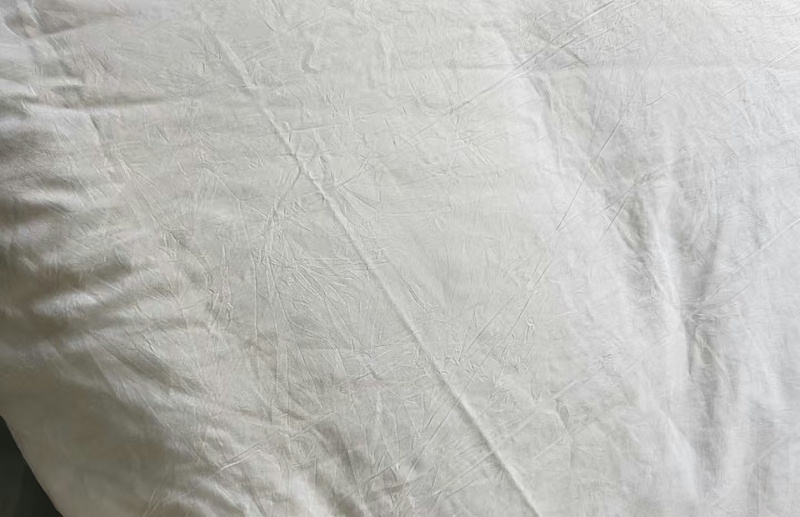
(4) Storage Method: Folded "Amplifier
Random folding: The linen is not folded to a fixed size, with uneven edges and corners. When stacked, wrinkles will occur due to uneven force.
Stacking too thick: If the stacking height exceeds 1.5 meters, the bottom linen will form "permanent wrinkles" due to long-term pressure, which are difficult to completely remove even if re-ironed.
Damp environment: When the humidity in the storage room exceeds 60%, the linen will absorb moisture. The fibers will soften and are prone to sagging due to their own weight, causing wrinkles. It may also breed mold, exacerbating the problem.
2. Say Goodbye to Wrinkles: Full-Process Optimization Solution
To solve the problem of linen wrinkles, it is necessary to implement meticulous control over every link from washing to storage, forming a "wrinkle-proof closed loop".
(1) Washing process: Scientifically control the "temperature, time and agent"
Precise temperature control: Wash by material classification - use warm water at 40-60℃ for cotton linen, cold water at 30-40℃ for chemical fiber linen, and wool blend linen should be kept below 30℃.
Gradual cooling: When passing through water, a "stepped cooling method" is adopted. Each time the water temperature drops by no more than 10℃, and the temperature difference between the last pass and the room temperature does not exceed 5℃, reducing the shrinkage stress of the fibers.
Timed washing: Set the time according to the degree of stains - 15-20 minutes for light stains, 20-30 minutes for moderate stains, and no more than 40 minutes for severe stains to avoid excessive wear of fibers.
Choose the right detergent: Give priority to using neutral and environmentally friendly detergents. Use chlorine-containing bleach no more than once a month, and keep the concentration below 0.5%. After washing, add a softener to enhance the elasticity of the fibers.
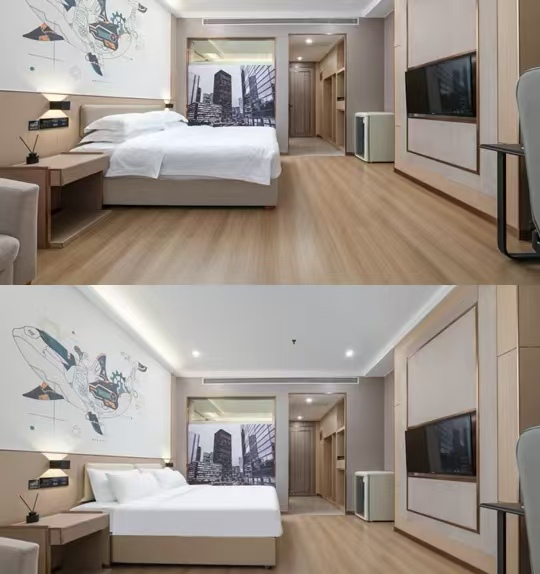
(2) Drying stage: Maintain a balance of "temperature, time and quantity"
Set the temperature by material: The drying temperature for cotton linen is 60-70℃, and for chemical fiber linen, it is 50-60℃. Stop the machine when it is 80% dry (slightly damp to the touch), and avoid over-drying.
Dynamic time control: Adjust the time according to the weight of the linen - about 20 minutes for 5kg of linen and about 30 minutes for 10kg of linen. Regularly check the dryness to prevent over-time.
Reasonable loading: The capacity of the dryer should be controlled at 60%-70%. For example, for a 10kg capacity model, load 6-7kg each time to ensure that the linen can be freely turned over.
(3) Ironing process: Professional equipment + standard operation
Temperature control matching: The ironing temperature for cotton linen is 160-180℃, and for chemical fiber linen, it is 110-130℃. Use ironing equipment with temperature display to avoid operation based on experience.
Pressure stability: The steam pressure is maintained at 4-5bar. During ironing, it is pushed forward at a constant speed to ensure even force distribution on each square centimeter of fabric surface, with a brief pause at the corners.
Equipment maintenance: Clean the ironing machine drum every day, check the steam pipeline every week, and calibrate the temperature sensor every month to avoid wrinkles caused by equipment failure.
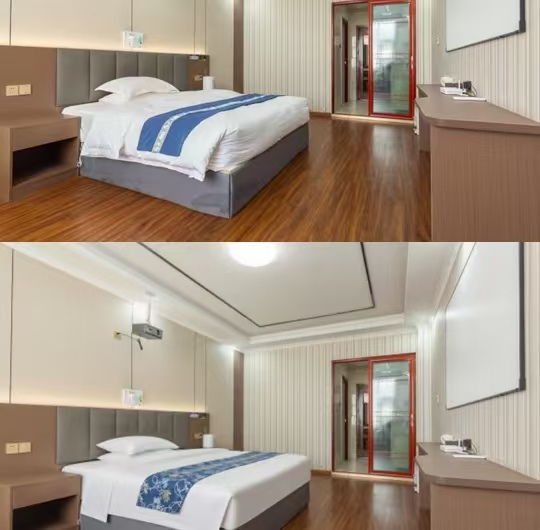
(4) Storage Stage: Standardized management to prevent "secondary wrinkles"
Standard folding: Set a uniform folding size (for example, fold the bed sheet twice to form a rectangle, with the pillowcase opening facing inwards), and use a folding template to ensure the corners are aligned.
Limited stacking: The stacking height should not exceed 1 meter, and cardboard should be placed between each layer to reduce bottom pressure. Store the same type of linen together to avoid mixing and squeezing.
Environmental control: The storage room should be well-ventilated, with humidity controlled at 40% to 50%. Dehumidifiers and hygrometers should be equipped. Regularly check the condition of the linen and promptly re-iron any wrinkles found.
The flatness of the linen is not only a visual issue but also a reflection of the hotel's service quality. By optimizing washing parameters, standardizing drying processes, enhancing ironing standards, and strengthening storage management, hotels can not only reduce the wrinkles of linen and extend its service life, but also improve guest satisfaction with a clean and comfortable room environment. Only by starting from the details and making every piece of linen a "plus point" for the hotel's reputation can it gain an advantage in the fierce market competition.

Towel Brand:Dream Princess Material:Pure cotton Size:customizable Process:embroidery Features:Quick drying, soft and durable
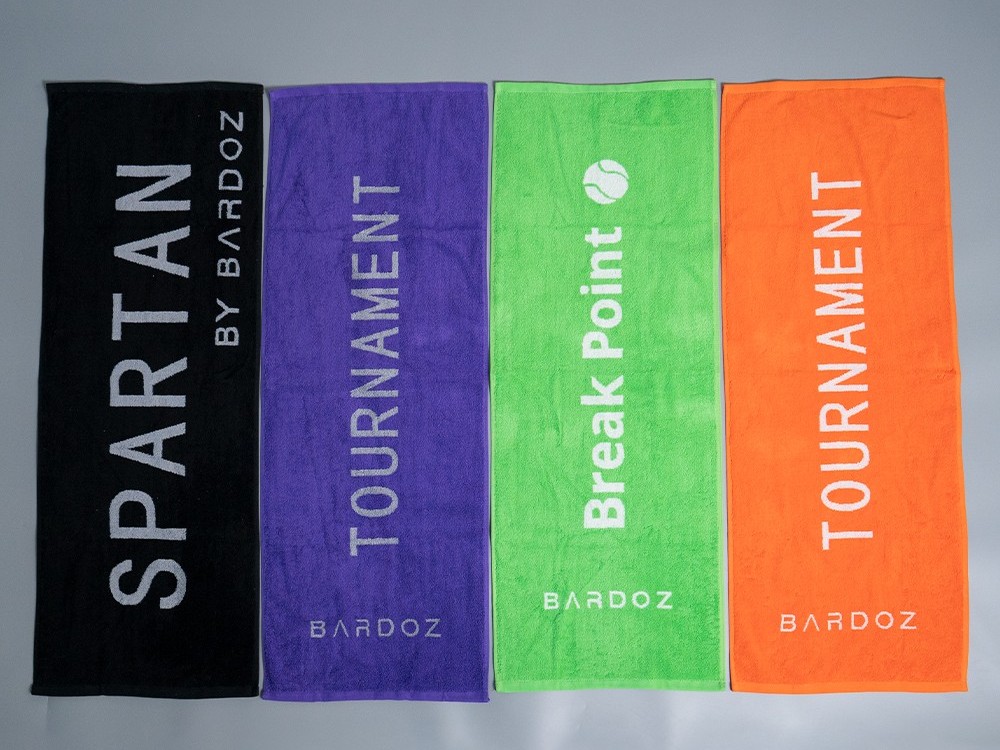
Towel Brand:Dream Princess Material:Pure cotton Size:customizable Process:embroidery Features:Quick drying, soft and durable

Towel Brand:Dream Princess Material:Pure cotton Size:customizable Process:embroidery Features:Quick drying, soft and durable